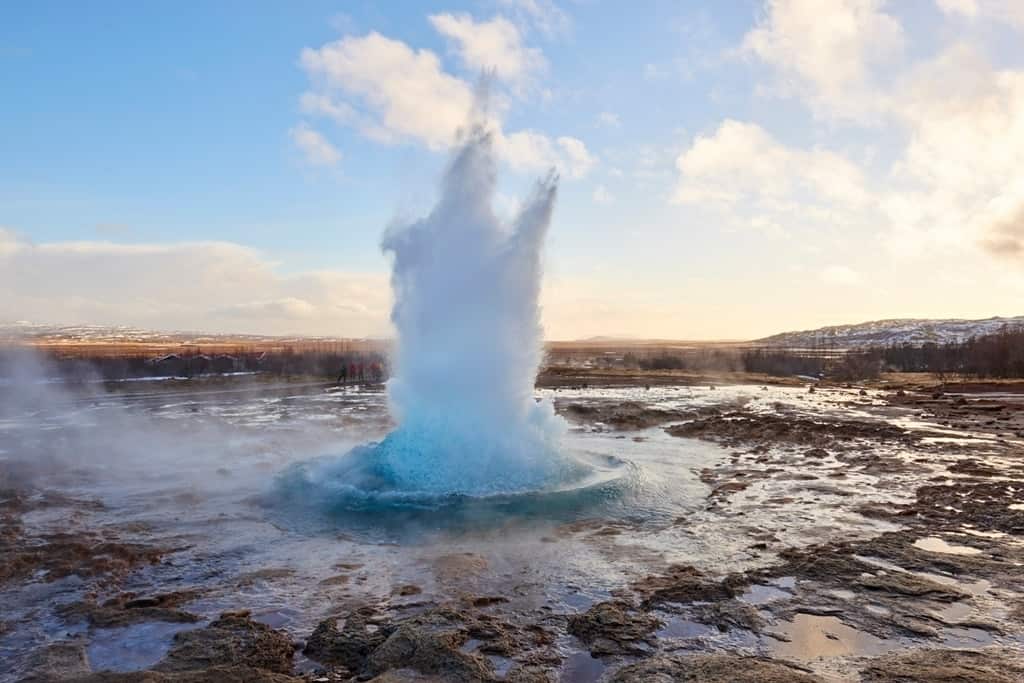The original land of fire and ice, the island nation of Iceland can be found on many a traveler’s bucket list. Shaped over centuries by volcanoes and tectonic activity, its dramatic landscape encompasses waterfalls and glaciers, lava fields, and geysers.
Iceland is easy to get around, making it a breeze to discover what makes the country tick, from its Viking heritage to its modern culinary credentials. It’s nature that tops the bill in Iceland, with myriad iconic destinations to discover.
Table of Contents
What Is Iceland Known For?
Reykjavik

Reykjavik is Iceland’s most famous city and capital. Situated in the southwest portion of the island country, it’s a cool place to explore — and a great jumping-off point for exploring the rest of the country, too.
This city has a whole host of cultural and historical sights to uncover. One of the most famous is the striking Hallgrímskirkja. Located at the center of the city, the architecture of this striking church mirrors the basalt columns of Iceland’s coast.
Harpa is Reykjavik’s famous harbourside concert hall. It’s a contemporary, eye-catching structure that not only hosts concerts but also puts on tours for visitors. There’s more besides — not to mention a plethora of cool bars, cafes, and restaurants to sample on your visit.
You might also like the following:
How to spend one day in Reykjavik
How to spend three days in Reykjavik
Thingvellir National Park
As well as being naturally stunning, Thingvellir is also the site of Iceland’s first parliament. Held in the year 930, it’s also believed to be the oldest parliament in the world. These governmental meetings were held continuously until 1798.
Owing to this amazing history, the park is now a UNESCO World Heritage Site and was also the first national park to be created in Iceland. It’s also beautiful, with unusual rock formations running through a rift valley where you can actually see the fault between two of the Earth’s tectonic plates. It’s also here that you’ll find the largest natural lake in Iceland, Thingvallavatn.
Viking heritage
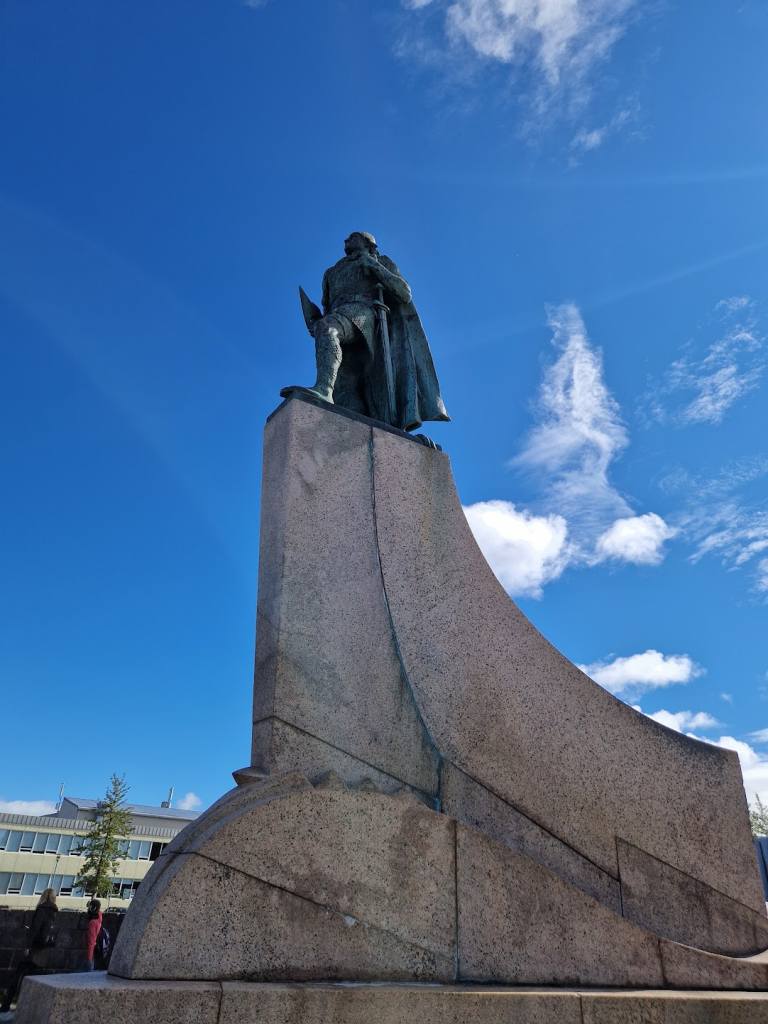
Iceland’s history is deeply entrenched with that of the Vikings, with many of its original settlers hailing from Norway and creating a Nordic society of their own. Viking ships first arrived in the 9th century, and those traveling on them withstood the cold, harsh conditions of the island — and the rest is history.
Today you can still see remnants of Viking culture throughout Iceland. To learn more about this heritage, visitors can head to Viking World. Found in Reykjavik, this museum features a replica Viking ship and tells the story of Iceland being settled.
Close to Reykjavik, there’s also Viking Village Hafnarfjordur, where you can eat traditional Viking meals and see how these early settlers would have lived. At Eiriksstadir, a Viking settlement has been recreated, notably early settler and Viking exile Erik the Red’s longhouse.
Lava fields
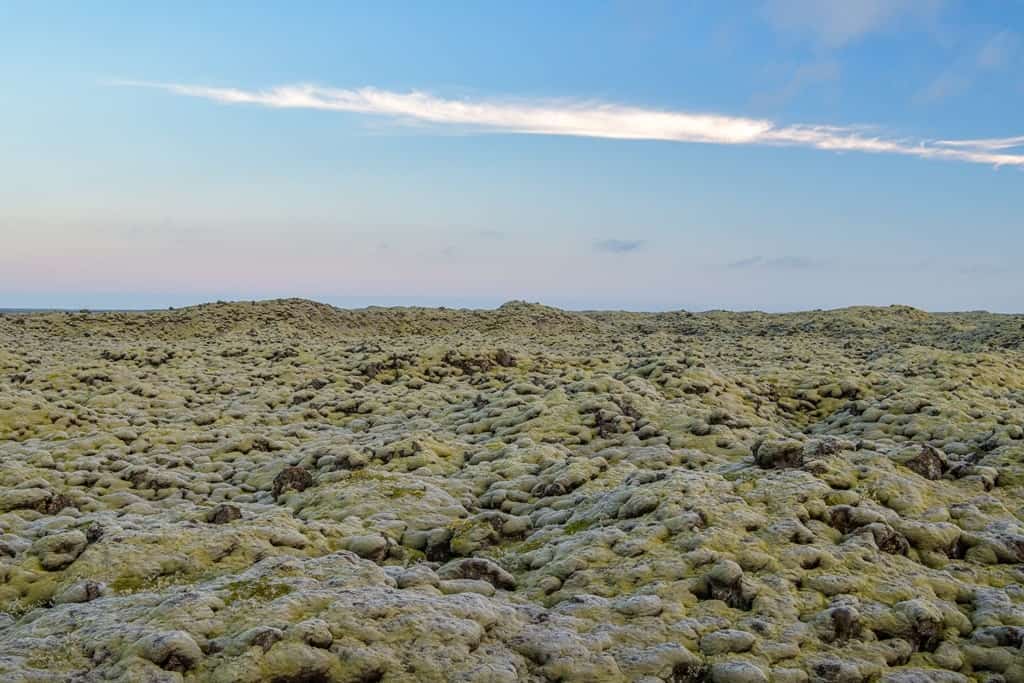
Being a place known for its volcanic activity, it’s no surprise that past eruptions and tectonic events have greatly shaped what Iceland looks like today. Some of the most dramatic landscapes on the island nation can be found in the form of lava fields — stark fields of craggy stones and rock formations that look like something from another world.
Eldhraun (meaning “Fire Lava”) is one of these. Located in the south, in Iceland’s highlands, is the result of a year-long volcanic eruption; it was such a big eruption that led to crop failure as far away as France and the UK. Measuring at 565 square kilometres, the vast moss-covered Eldhraun is made up of lava tubes and hundreds of caves.
Eyjafjallajökull Volcano
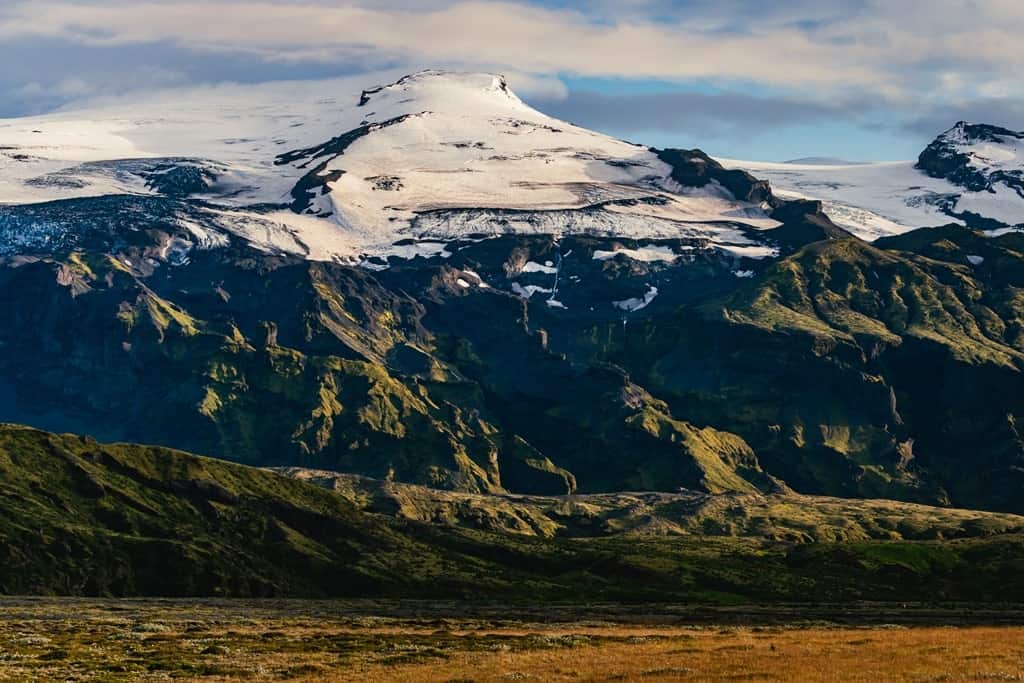
Literally meaning “Glacier of the Mountains of the Islands”, Eyjafjallajökull volcano is completely covered by an ice cap. But that doesn’t stop it from erupting. Far from it: Eyjafjallajökull last erupted as recently as 2010, when it caused widespread travel disruption, affecting nearly 10 million air travellers from 20 different countries.
Of course, that’s not the first time that Eyjafjallajökull has erupted; it’s been erupting for thousands of years. Standing at 1,651 metres above sea level, this volcano may not be as grand as other sights on the island, but it’s an integral part of Iceland’s dramatic scenery.
Glaciers
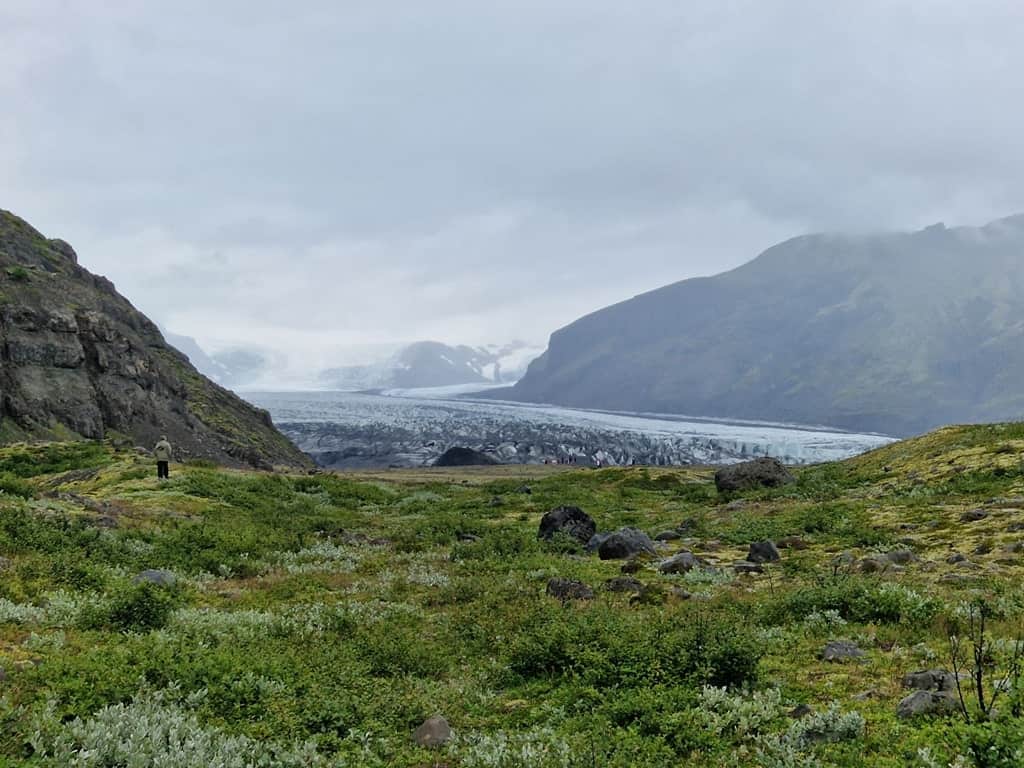
Iceland has a long list of glaciers to its name. In fact, around 11% of the country’s landmass is actually made up of glaciers. These enormous blocks of ice are created over centuries, moving and changing shape gradually depending on the weather and the elements. As they change, these glaciers create cracks and crevices, altering the landscape around them.
While visitors to Iceland can be treated to walks on glaciers, it’s also possible to enter into one of the intriguing ice caves created by the movement of the glacier itself. They’re always changing, so they may be there one much but gone the next.
The largest glacier in the country, and the largest in Europe, can be found at Vatnajokull. Situated in the southeast of Iceland, it covers a whopping 8% of the country.
Reynisfjara Beach
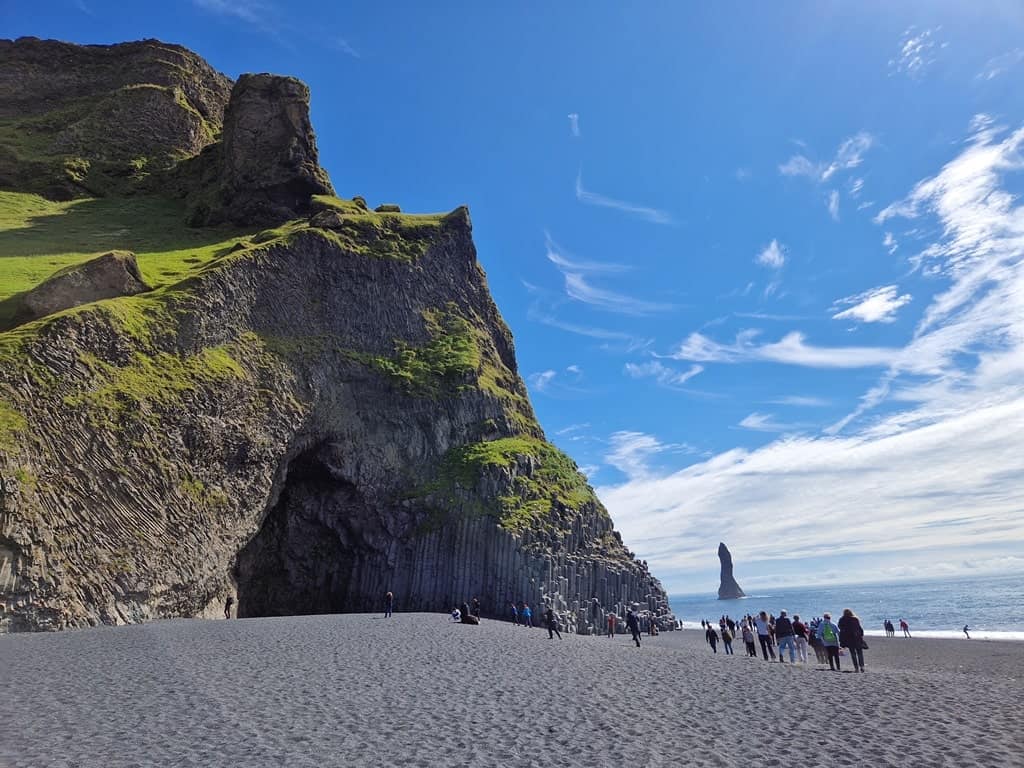
Iceland is known for its black sand beaches, and arguably the most famous of these is Reynisfjara Beach. It’s situated on the south coast, near the town of Vik, which is around 187 kilometres from Reykjavik.
It may not be a tropical beach, but Reynisfjara was still voted one of the best beaches in the world in 2021. It’s here that you’ll find eerily geometrical basalt columns rising from the black sand, with jagged sea stacks jutting out just offshore, a rock formation known as Reynisdrangar.
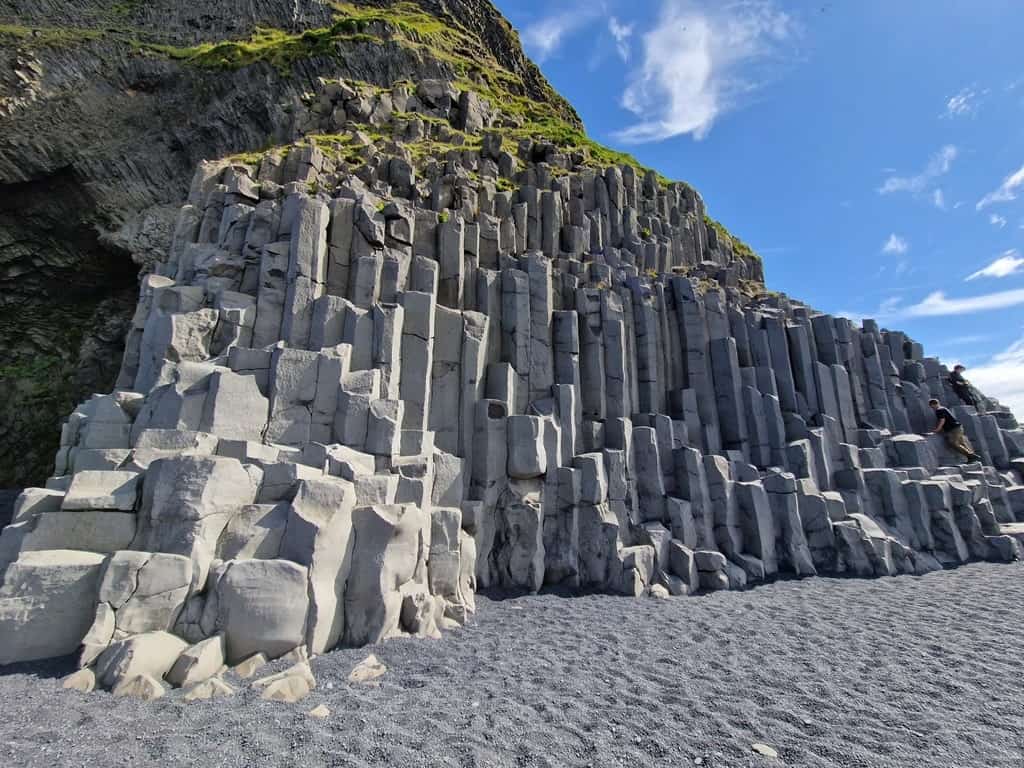
Legend has it that the beach and its rocky outcrops were created when two trolls attempted to drag a ship to land, but when daylight broke, the trolls turned to stone — hence the needle-like columns on the coastline today.
The Golden Circle
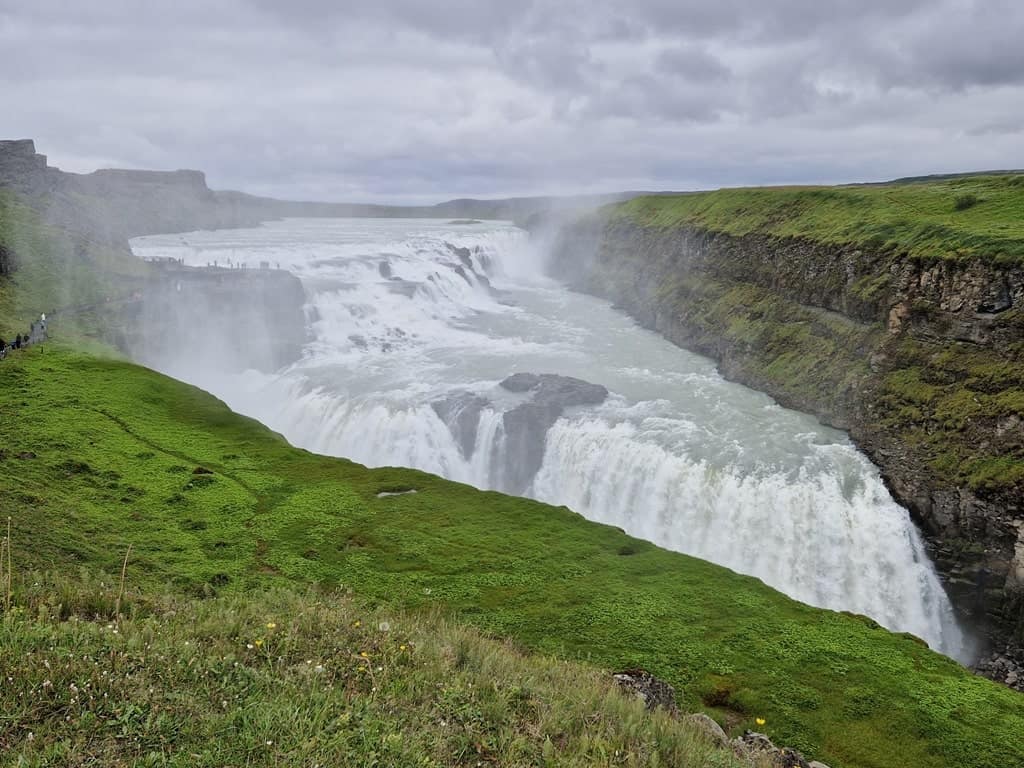
The Golden Circle is one of the most popular sightseeing routes in Iceland, attracting travellers from far and wide. Along this easy-to-navigate road, you’ll find glaciers, waterfalls, hot springs, geysers and charming towns.
Beginning at Reykjavik, the Golden Circle passes by main sights such as Thingviller, Gullfoss waterfall and Haukadalur. There are a number of other different stops along the way that you could weave into your itinerary, too, with multiple lodges, guesthouses, campsites and hotels situated around the route.
Haukadalur Geothermal Area
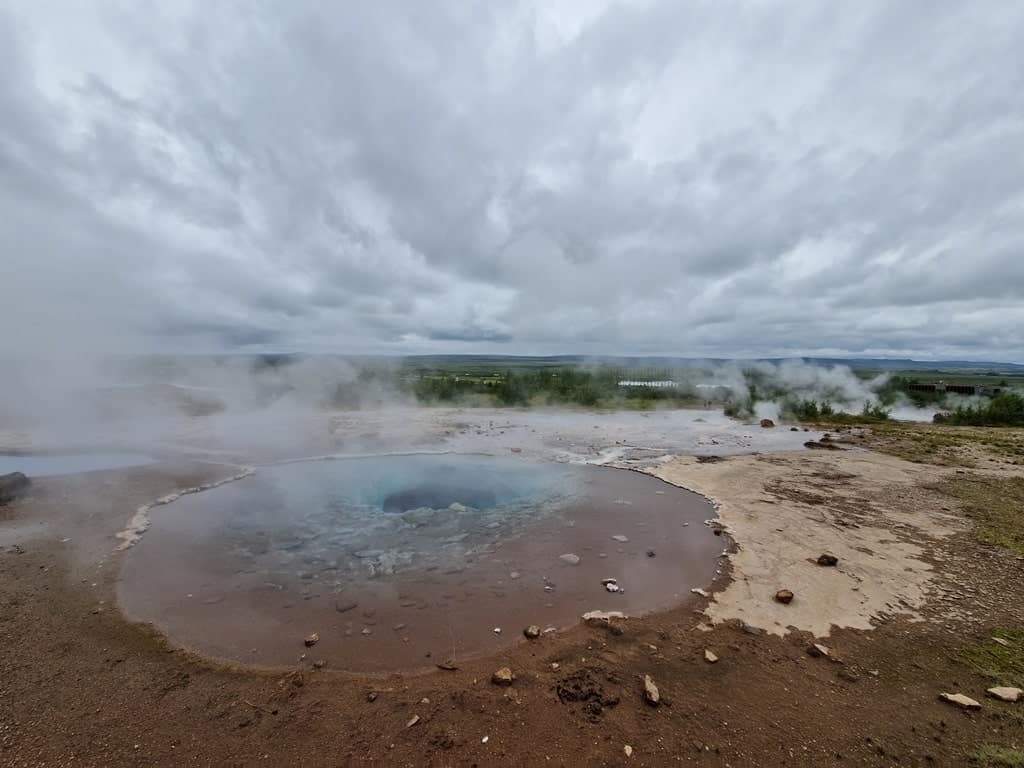
The geothermal area of Haukadalur (“Valley of the Hawks”) was first mentioned in 1294. Here you’ll find geysers, hot springs, steaming vents and boiling mud strewn across a vast, volcanic landscape.
One of its most famous residents is Geysir — the most famous geothermal geyser in Iceland.
Geysir means “gusher” in Icelandic, and is actually the origin of the word “geyser”. It’s been active for well over 800 years, making it a veritable symbol of Iceland.
Geysir is not very reliable, however. But also located in the Haukadalur Geothermal Area is the much more reliable Strokkur (meaning “churn”), which erupts every five to ten minutes. There are also bubbling pits of mud and fumaroles, steaming gas vents that sputter out sulphur, all adding to the otherworldly scenery.
Blue Lagoon
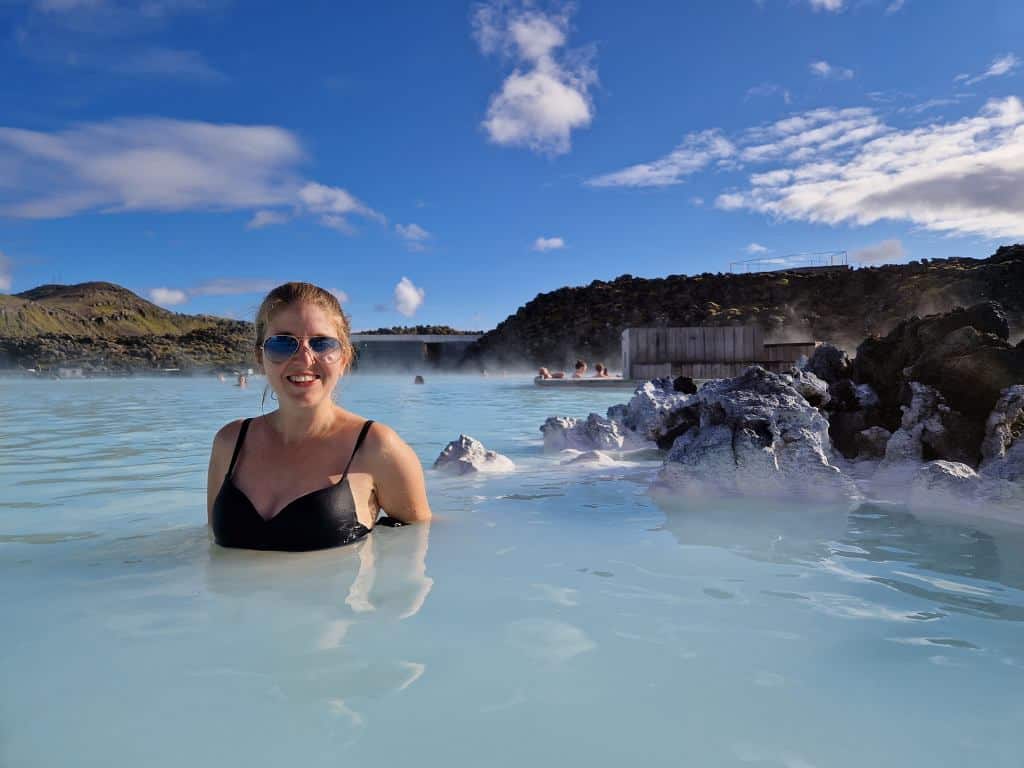
Located in a lava field, the Blue Lagoon is the most well known hot spring area in Iceland. This huge pool of bright blue water is just half an hour’s drive from Reykjavik, making it easy to get to even if you’re only visiting the capital on a long weekend.
The Blue Lagoon started life when wastewater was emptied into the area from a nearby geothermal power plant in the 1970s. Locals quickly began to recognise the restorative, or at least relaxing, properties of the water and it became a popular spot to bathe. The average temperature of the water sits between 37°C and 39°C, and features a high silica and sulphur content.
Waterfalls
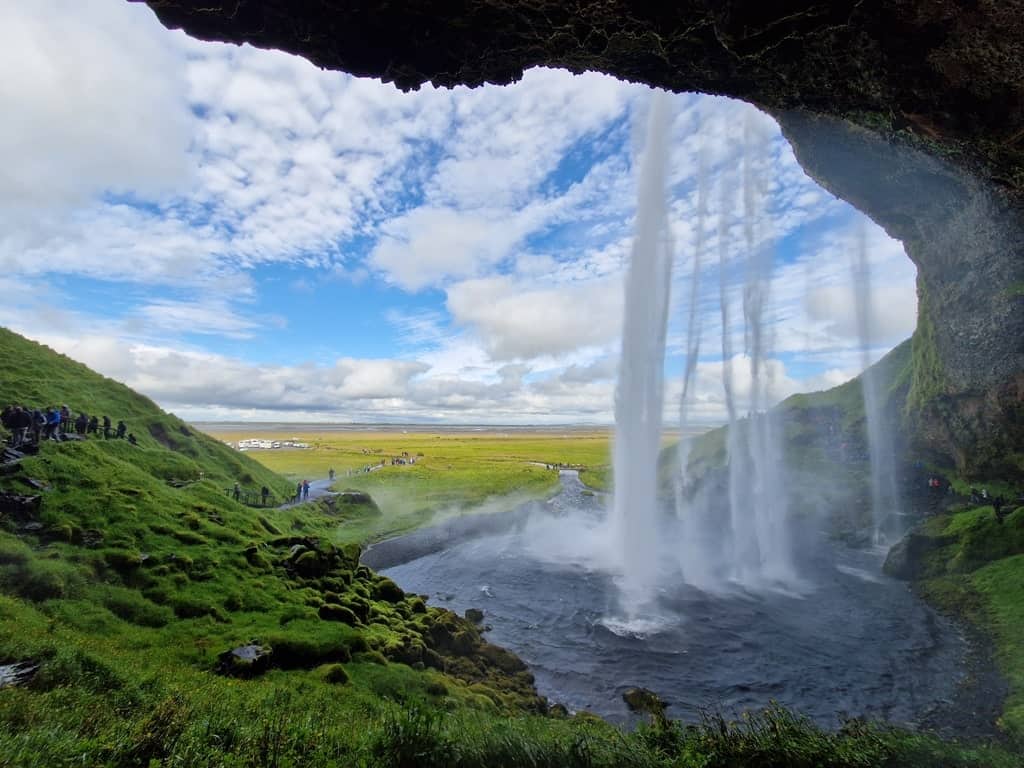
Waterfalls in Iceland are on another level, possibly due to the dramatic scenery in which they’re located. These impressive and powerful cascades range in size and stature, and are popular for visitors to stop at during road trips around the island.
One of the most famous is Gullfoss. Located two hours’ drive from the capital, this translates to “Golden Falls”, due to a legend about hidden treasure. Dettifoss is one of the most powerful waterfalls in all of Europe, gushing 100 metres into the canyon below, while Skogafoss (translating to “Waterfall of the Gods”), though only 12 metres in height, is one of the largest in the country.
Akureyri
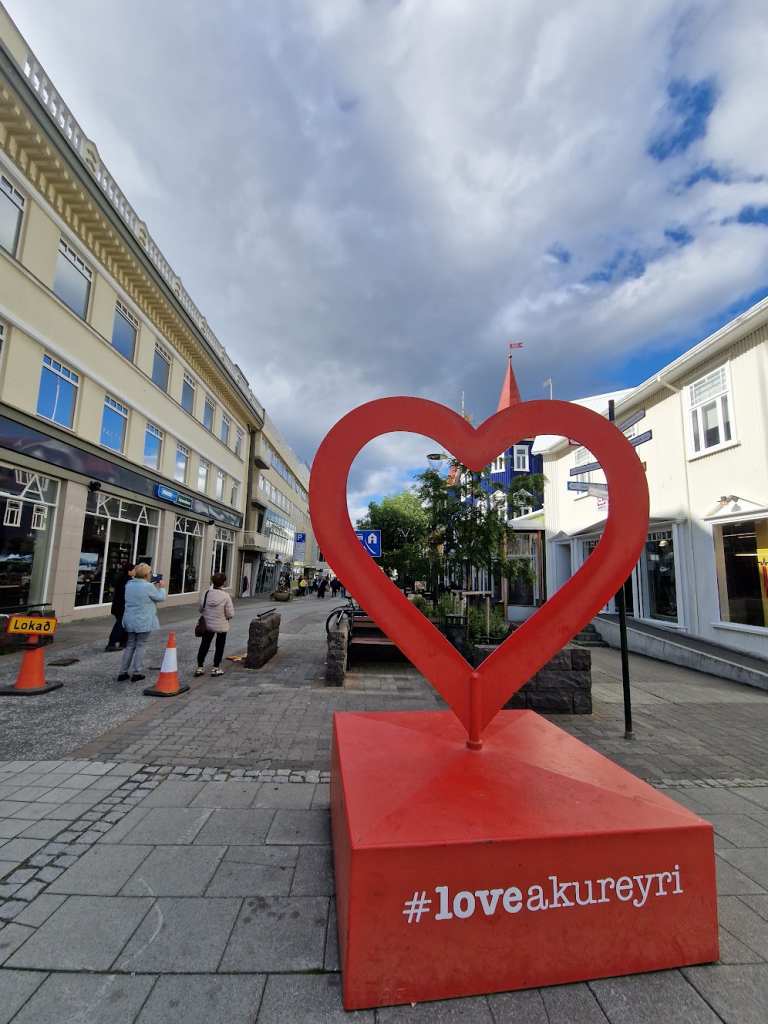
Akureyri is Iceland’s fifth largest city but often considered to be the capital of the north. It was first settled by Norse Vikings in the 9th century, and is today both a cultural hub and a centre of commerce for the country.
There’s a lot going for Akureyri. Here you’ll find interesting architecture, such as its striking 1940s modernist church, and places to learn about local history — namely at the Laufas Turf Houses nearby and the Akureyri Art Museum.
In terms of entertainment, Akureyri surprisingly packs a punch. Here you’ll find restaurants, cafes and bars set in repurposed industrial buildings, making for a hub of Icelandic style in a relatively remote area.
Whale watching
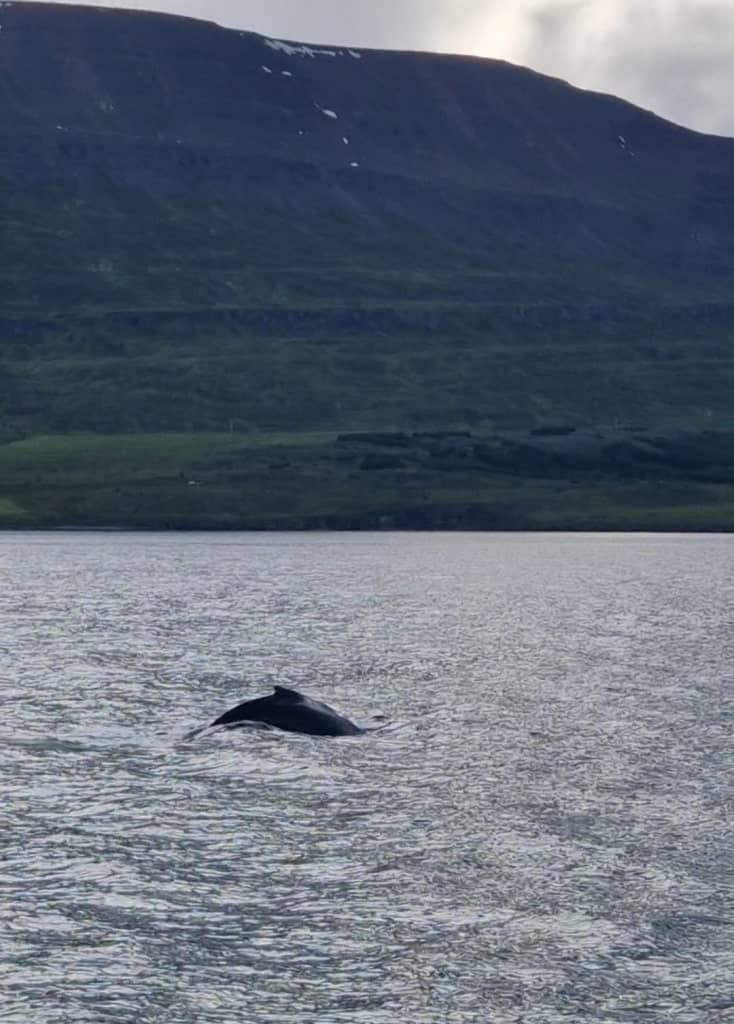
As well as the landscapes, Icelandic is also famed for its local whale population. There’s a number of different species of whales and other marine mammals that live in the waters surrounding the Nordic nation. These include humpback whales and minke whales, as well as blue whales and orcas.
You’ll also find bottlenose dolphins and harbour porpoises here, too. Whale watching tours often leave from the northern city of Akureyri (the most popular option), while it’s also possible to catch a whale or dolphin spotting tour from Reykjavik.
Snaefellsnes Peninsula
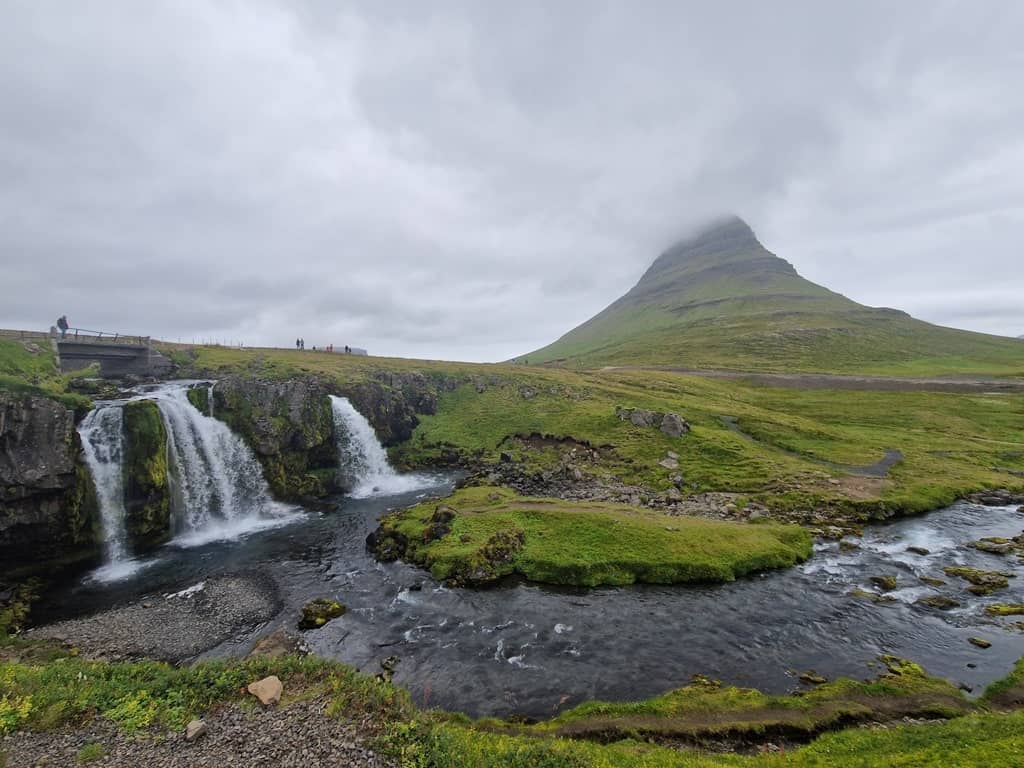
Snaefellsnes Peninsula is like Iceland in miniature. Here you’ll find all the features that the island nation is famous for: volcanoes, waterfalls, black sand beaches, small towns and fishing villages, old legends and generally dramatic scenery.
It’s the location of Snæfellsjökull National Park, named after the stratovolcano Snæfellsjökull itself, which is topped with a glacier. There’s also the impressive Kirkjufell Mountain — an iconic sight that people like to glimpse from the gushing waters of Kirkjufellsfoss.
Game of Thrones
As if Iceland wasn’t popular enough because of its vast and impressive natural scenery, this has since been elevated and made yet more famous due to a number of iconic scenes filmed around the country for hit series Game of Thrones.
The dramatic wildernesses, lava fields, waterfalls and brooding skies have made the perfect backdrop for fantasy series — and naturally attracts fans of the show the world over. Locations include Thingvellir National Park, Almannagja Gorge (the passage leading to the Bloody Gate), and Kirkjufell (aka Arrowhead Mountain in the series), among dozens scattered across the island.
Northern Lights
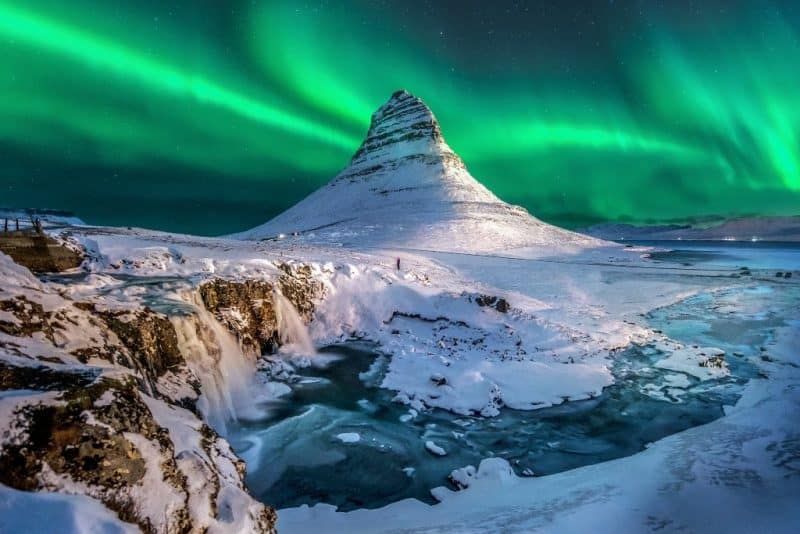
Being located just on the edge of the Arctic Circle, Iceland is one of the best locations to see the aurora borealis, or the northern lights. The best time of year to see the northern lights in Iceland is in the depths of the country’s dark winter; there’s plenty of opportunity as the island only gets a few hours of dusky daylight in winter.
There are a number of tours you can opt for, and purpose-built bubble and igloo accommodation so you can see the lights while you’re tucked up in bed, but you can actually see them in Reykjavik. However, the darker the sky, the better.

